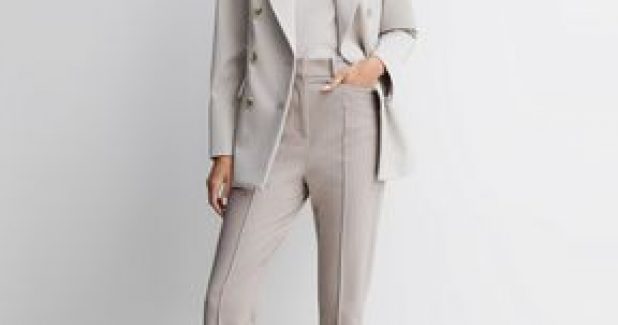Choosing the Right Fabrics: Understanding the Different Materials in Clothing
Clothing / / Mar 04, 2023

When it comes to clothing, the fabric used plays a crucial role in determining its comfort, durability, and overall appearance. Different fabrics have distinct characteristics, making them suitable for specific occasions, weather conditions, and styles. Understanding the various materials in clothing is essential for making informed fashion choices and ensuring that your garments not only look good but also feel good. In this article, we will explore the most common fabrics used in clothing, their properties, and the best ways to incorporate them into your wardrobe.
Cotton: Breathable and Versatile
Cotton is one of the most popular and widely used fabrics in clothing. It is a natural fiber known for its breathability, softness, and comfort. Cotton is highly absorbent, making it an excellent choice for warm weather and active lifestyles. From t-shirts and jeans to dresses and pajamas, cotton is versatile and suitable for various types of clothing. Keep in mind that pure cotton may wrinkle easily, but blended with other materials, it can enhance durability and shape retention.
Linen: Lightweight and Cool
Linen is another natural fiber renowned for its lightweight and cooling properties. It is made from the flax plant and is ideal for hot and humid weather. Linen fabric has a slightly coarse texture and tends to wrinkle easily, giving it a relaxed and casual look. Linen is often used in summer dresses, shirts, and pants, offering a breathable and comfortable option for staying cool in the heat.
Wool: Warm and Insulating
Wool is a natural fiber obtained from sheep and other animals like alpacas and goats. It is well-known for its warmth and insulating properties, making it an excellent choice for cold weather clothing. Wool can come in various forms, including cashmere, merino, and lambswool, each with its own level of softness and warmth. Wool garments like sweaters, scarves, and coats are essential for staying cozy during winter months.
Silk: Luxurious and Shiny
Silk is a natural protein fiber produced by silkworms and is associated with luxury and elegance. It has a smooth and shiny surface, giving it a lustrous appearance. Silk is incredibly comfortable to wear and has excellent moisture-wicking properties, making it suitable for both warm and cool weather. Silk blouses, dresses, and scarves are timeless pieces that add a touch of sophistication to any outfit.
Polyester: Durable and Wrinkle-Resistant
Polyester is a synthetic fabric known for its durability and wrinkle-resistance. It is a popular choice for clothing due to its affordability and ability to retain its shape even after multiple washes. Polyester is often blended with other fabrics to improve their properties, such as with cotton to enhance breathability or with spandex to add stretch. It is commonly used in activewear, t-shirts, and casual dresses.
Spandex: Stretchy and Form-Fitting
Spandex, also known as Lycra or elastane, is a synthetic fiber famous for its stretchiness and elasticity. It is often blended with other fabrics to add stretch and provide a form-fitting effect. Spandex is commonly found in activewear, sportswear, and garments that require a snug and comfortable fit.
Rayon: Soft and Lightweight
Rayon is a semi-synthetic fabric made from cellulose fibers derived from wood pulp. It is soft, lightweight, and has a smooth texture similar to silk. Rayon drapes well and is comfortable to wear in warm weather. However, it may not be as durable as natural fibers like cotton or silk and may require gentle care during washing.
Denim: Durable and Versatile
Denim is a sturdy cotton fabric known for its durability and versatility. It is most commonly associated with jeans but is also used in various other clothing items like jackets, skirts, and dresses. Denim comes in different weights and finishes, allowing for a range of styles from casual to more refined.
Velvet: Luxurious and Soft
Velvet is a fabric characterized by its luxurious and soft pile. It has a plush texture and is often used in eveningwear and formal occasions. Velvet can be made from various fibers, including silk, cotton, or synthetic materials. It adds an element of elegance and richness to any outfit.
Understanding the different materials used in clothing is essential for making wise fashion choices and building a wardrobe that suits your needs and preferences. Each fabric comes with its own set of properties, such as breathability, warmth, stretch, and texture. By considering the fabric composition of your clothing, you can ensure that you feel comfortable, confident, and stylish in any outfit, whether it’s for everyday wear or special occasions. From breathable cotton for summer days to cozy wool for winter nights, choosing the right fabrics allows you to curate a wardrobe that enhances your style and complements your lifestyle.













Comments 0